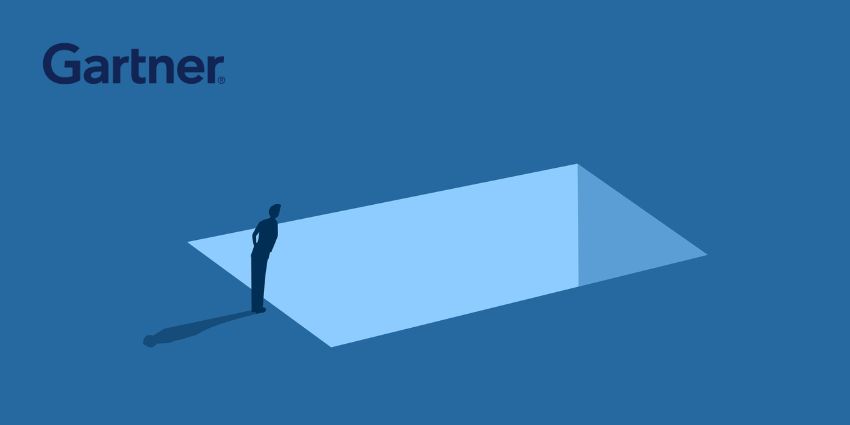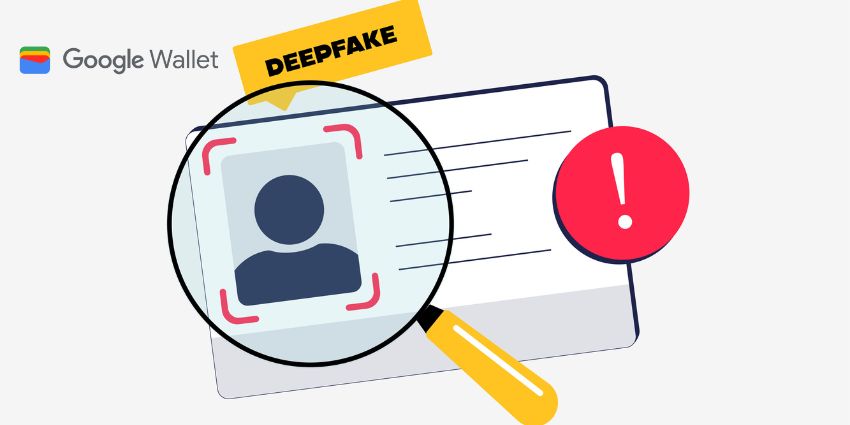As Peter Druker once said: “The purpose of business is to create and keep a customer.”
Most business leaders will undoubtedly agree with this, yet few behave as they do.
Indeed, this is the claim of a 2020 Harvard Business Review article, which states: “Under relentless earnings pressure, they [managers] often feel cornered, obliged to produce quick profits by compromising product quality, trimming services, imposing onerous fees, and otherwise short-changing their customers.”
Perhaps here lies the problem with priority programmes. Companies risk dropping the ball with ordinary customers, short-changing them, and compromising the service they receive by giving precedence to particular customers.
Consider a priority initiative that passes high-value customers through to a shorter IVR queue. While they will receive quicker service, everyone else must wait longer. Such short-term thinking may well reduce overall customer value.
Thankfully, according to Richard Gregory, Senior Sales Executive at Odigo, priority customer approaches are evolving. He says:
“Ten years ago, operations directors would consider how they could manage customers with as little resource as possible. Now, it is about far more than efficiencies. Meanwhile, there is almost a moral obligation to manage and treat every customer in a way that goes beyond fear of a negative satisfaction rating.”
Yet, this does not mean that priority customer programmes are now “pie in the sky”. At the centre of Gregory’s argument is the need to understand individuals in a much more tactful way than segmenting customers. In turn, this will inform a much more strategic approach to prioritization.
Understanding Individual Customers
Instead of dividing customers into static segments based on estimated value, more brands are looking to capture real-time data to suggest which customers should become a priority.
For example, let’s go back to the contact centre IVR example. An alternative to passing customers through to shorter call queues based on value is to do so based on their sentiment. With a voicebot, companies can detect particular feelings in customer voices and prioritize contacts based on their emotional significance.
Another idea is to prioritize callers based on their call reason. Discussing this further, Gregory says:
“Take utilities as an example. A customer is sitting in their house during winter, and their heating stops. They should take precedence over a meter reading query.”
This example also highlights how many prioritization programmes now factor in potential vulnerabilities. Some contact centres are even turning to real-time analytics to detect vulnerabilities in speech when the customer calls in. The system then notifies agents to change their approach or passes the customer onto a specialist for priority support.
A strategy of this ilk, aligns service with the needs of modern customer. Indeed, according to Deloitte: “They want to deal with companies who understand who they are and what they’re going through—and who appreciate that their reality and needs are changing every single day.”
Getting to grips with the reality and needs of customers is an incredibly tough task. However, simply starting by integrating the back office with the CRM system can provide customer support staff with the bigger picture. They may use this information to adapt their service approach and help customers feel they are a priority.
Then, companies can begin to build more advanced prioritization strategies, perhaps by implementing predictive analytics. Such technology can forecast churn, alert the company, and trigger an action – such as a special discount – to offer the customer priority treatment.
Yet, this is just one of many possible examples that companies can implement with the right tools…
Modern-Day Priority Customer Tactics
- Dynamic Pricing and Deals – Such a tactic involves proactively communicating special promotions and prices to customers, some of whom receive priority deals, in line with their propensity to convert.
- Gamification – Many mobile experiences have point systems that reward customers for enhancing their engagement levels, motivating them to come back for more. Those that do often receive priority offers.
- Predictive Routing – Perhaps customers are vulnerable, new, or at risk of churn. Predictive routing technology assesses live and historical data to gauge possible intent and matches them with the most appropriate agent.
These are just three examples of how companies can prioritize customers based on individual data. Yet, while many of these are commonplace, few companies now combine such use cases into an official programme. As Gregory states:
“There are lots of excellent individual customer prioritization use cases. But it is the term “programme” that has become a little outdated.”
Rather than thinking of prioritization as a formal programme, businesses can harness real-time data and become more strategic. By doing so, they may offer priority support and deals at the moments that matter most to customer loyalty, optimizing CX performance.
Find out how your company can start to piece together such a strategy and achieve precisely that by talking to a member of Odigo’s expert team today.







